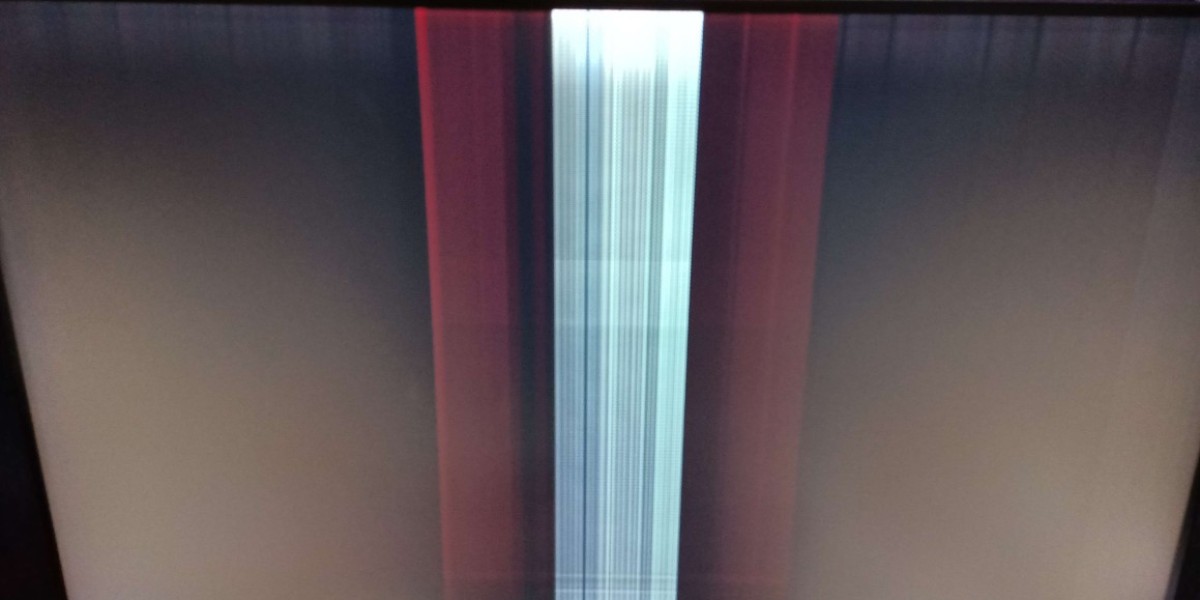Ningbo Sanhexin Automation Co., Ltd. is a renowned manufacturer specializing in differential and synchronous feeding sewing machines, particularly for sleeve joining in garments such as suits, Tang jackets, tweed coats, casual wear, and trench coats. The advent of programmable machines has revolutionized the garment manufacturing process, especially in the critical operation of sleeve joining. This article explores how programmable machines ensure accuracy and precision in sleeve joining, detailing their operational mechanisms, technological advancements, and the benefits they bring to the garment industry.
The Importance of Accurate Sleeve Joining
Quality and Aesthetics
Accurate sleeve joining is essential for the overall quality and aesthetics of garments. Properly attached sleeves not only enhance the fit but also contribute to the garment's visual appeal. Misaligned or poorly sewn sleeves can lead to puckering, uneven seams, and an overall unprofessional look.
Functional Considerations
In addition to aesthetics, accurate sleeve joining ensures that garments function as intended. For example, well-joined sleeves allow for ease of movement and comfort, which is particularly important in tailored clothing like suits and jackets.

How Programmable Machines Work
Key Features of Programmable Sleeve Joining Machines
Programmable machines are equipped with advanced features that enhance their performance in sleeve joining:
Automatic Stitch Length Adjustment: These machines can automatically adjust stitch lengths based on fabric thickness and type, ensuring optimal seam quality.
Integrated Sensors: Sensors detect fabric layers and adjust settings in real-time to maintain consistent tension and alignment.
Programmable Settings: Operators can input specific parameters for different garment sizes and styles, allowing for quick changes between production runs.
The Sleeve Joining Process
The process of sleeve joining using a programmable machine typically involves several key steps:
Material Preparation
Before starting the sewing process, fabric pieces are prepared by aligning them accurately. This preparation is crucial for ensuring that the sleeves are joined correctly to the garment body.
Programming the Machine
Operators input specific parameters into the machine’s control panel. This includes selecting the garment size, adjusting stitch length, and setting any desired fullness or puckering values.
Automatic Feeding
The machine uses differential or synchronous feeding mechanisms to guide the fabric through the sewing area smoothly. This ensures that both the body and sleeve fabrics are fed evenly without slipping or bunching.
Sleeve Attachment
As the sewing process begins, the machine automatically adjusts its settings based on real-time feedback from integrated sensors. This allows for precise alignment of the sleeve with the armhole of the garment.
Stitching
Using programmed settings, the machine stitches the sleeve to the garment body with consistent tension and stitch length. The automatic thread tension control ensures that there are no loose or tight areas in the seam.
Quality Control
After stitching, some programmable machines include built-in quality control features that check for seam integrity and alignment before moving on to subsequent operations.

Benefits of Using Programmable Machines for Sleeve Joining
Enhanced Accuracy
Programmable machines significantly improve accuracy in sleeve joining compared to manual methods. The automation of settings such as stitch length and tension reduces human error, resulting in consistently high-quality seams.
Increased Efficiency
By automating the sleeve joining process, manufacturers can achieve higher production rates with fewer workers. This efficiency not only speeds up production but also reduces labor costs.
Flexibility in Production
Programmable machines allow for quick changes between different garment styles and sizes without extensive reconfiguration. This flexibility is essential for manufacturers who produce a variety of garments.
Improved Fabric Handling
Advanced feeding mechanisms ensure that fabrics are handled gently throughout the sewing process, minimizing damage to delicate materials and reducing waste from misaligned seams.
Consistent Quality Control
With integrated sensors and programmable settings, these machines provide consistent quality control throughout production runs. This reliability leads to fewer defects and higher customer satisfaction.

Technological Innovations Enhancing Sleeve Joining Accuracy
Advanced Control Systems
Modern programmable machines incorporate sophisticated control systems that allow operators to fine-tune various parameters related to sleeve joining:
Real-Time Adjustments: Machines equipped with sensors can make real-time adjustments based on fabric thickness or any irregularities detected during sewing.
User-Friendly Interfaces
The latest programmable machines feature intuitive touch-screen interfaces that simplify operation:
Easy Programming: Operators can easily input settings for different garment types using pre-set programs.
Visual Feedback: Real-time visual feedback on stitch quality helps operators make necessary adjustments immediately.
Integration with Other Technologies
Programmable machines can be integrated with other technologies such as CAD (Computer-Aided Design) systems:
Design Compatibility: Seam patterns created in CAD software can be directly uploaded to sewing machines, ensuring that design specifications are met precisely.
Automated Workflow: Integration allows for a more automated workflow from design through production, reducing lead times significantly.

Conclusion
In conclusion, programmable machines play a vital role in ensuring accurate and precise sleeve joining in garment manufacturing. Ningbo Sanhexin Automation Co., Ltd.’s commitment to innovation in sewing technology has led to the development of advanced machinery that enhances efficiency while maintaining high standards of quality.
By automating key processes involved in sleeve attachment, these machines not only improve production rates but also ensure that garments meet consumer expectations for fit and finish. As manufacturers continue to embrace automation in their operations, programmable sleeve joining machines will remain essential tools for achieving excellence in garment production.
The Advantages of Using a Programmable Machine for Joining Sleeves








